It’s not just about comms, it’s about context
Utility debt is rising and not just because prices are high. It’s rising because energy providers are relying on outdated tools to engage customers who are emotionally and financially overwhelmed.
⚡ Note: In this article, we use the term “energy providers” to include Retail Energy Providers (REPs) and Utilities in the U.S., as well as Energy Retailers in Australia.
When someone falls into financial stress, logic takes a back seat. The shame, anxiety, and emotional fog that comes with financial stress often stops people from seeking help—even when it’s available. Customers shut down. They avoid talking to anyone. And they definitely don’t go looking for the hardship program hidden six clicks deep on your website.
This is why customer engagement in financial stress is so difficult—and why it’s so critical to apply behavioural science for reducing utility debt.
Why aren’t struggling customers asking for help?
Because they’re human.
Research shows that even when people are behind on payments, many won’t proactively seek assistance. The barriers are emotional, not logical: shame, fear of being judged, confusion about their options, and sheer mental overload.
In fact, most people experiencing financial hardship also report side effects like anxiety, sleeplessness, and even physical health declines. So, the idea of calling a provider to “explain” their situation feels overwhelming or even humiliating.
This is why early proactive engagement matters—and why standard messages don’t work.
Applying behavioural science to utility collections
Just like marketers use segments, behavioural scientists categorise customers into ‘Types’ to design messaging that connects and engages more effectively. In energy collections, there are three common customer Debt Types, and it is critical that we design messages specifically for each:
 Unexpected
Unexpected
A life event has tipped this customer into financial stress. This has probably not happened to them before, so they don’t know payment support services exist. They’re embarrassed, overwhelmed, and unsure how to ask for help.
- Message tone: Gentle, empathetic, and educational. “It can happen to anyone. Let’s work through this together.”
- Goal: Make it easy to engage and raise awareness of available support, like payment plans and hardship programs.
 Battlers
Battlers
These customers are doing it tough. They know the drill—they’ve received support before. They’re familiar with the system and expect to be helped again, but they want to feel acknowledged.
- Message tone: Straightforward and respectful. “We know things are tight. Here’s what’s available.”
- Goal: Encourage fast action and check eligibility for new or updated support programs.
 Unwilling
Unwilling
These customers are actively avoiding contact and don’t intend to pay. Engaging them takes a different approach.
- Message tone: Firm but cooperative. Social norm messaging can work well: “Most of our customers resolve their accounts before this stage.”
- Goal: Identify and route early to reduce debt-management costs and prevent eroding profit.
It’s not just about comms—it’s about context
Telling someone what to do isn’t the same as changing what they do. You’re not just competing with other priorities—you’re competing with mental overload, stress, and limited bandwidth.
That’s where behavioural science shines. It’s not just creative messaging. It’s collections innovation in energy utilities backed by evidence and experimentation. It’s a systematic method that understands:
- Human decisions are emotional
- Most behaviour is unconscious
- One nudge isn’t enough—you need a strategy
- You must design for the real-world context of decisions
Behavioural science gives us tools to support vulnerable energy customers with empathy and effectiveness. It’s how we move from wishful thinking to real-world change.
Add Predictive AI, and now we’re talking
When you combine behavioural science with AI solutions for utility collections, you get something powerful. Predictive AI can detect early indicators of financial stress—before traditional systems catch on. Think operational and behavioural signals, not just payment history.
Together, this combo enables early, tailored, respectful outreach that works. The result? Lower arrears. Higher engagement. More humane outcomes. And progress on your energy customer hardship support strategies.
One last thing…
Changing customer behaviour isn’t about luck. It’s not a creative brainstorm. It’s a behavioural diagnosis, grounded in data, designed by experts, and delivered with rigour.
If you’re serious about how to reduce energy customer debt, don’t just automate your old processes. Rethink them. Because when we design better ways to support people, everyone wins.
If this approach resonates, feel free to connect—or share it with someone working on collections innovation. We’re always happy to chat at SmartMeasures.


